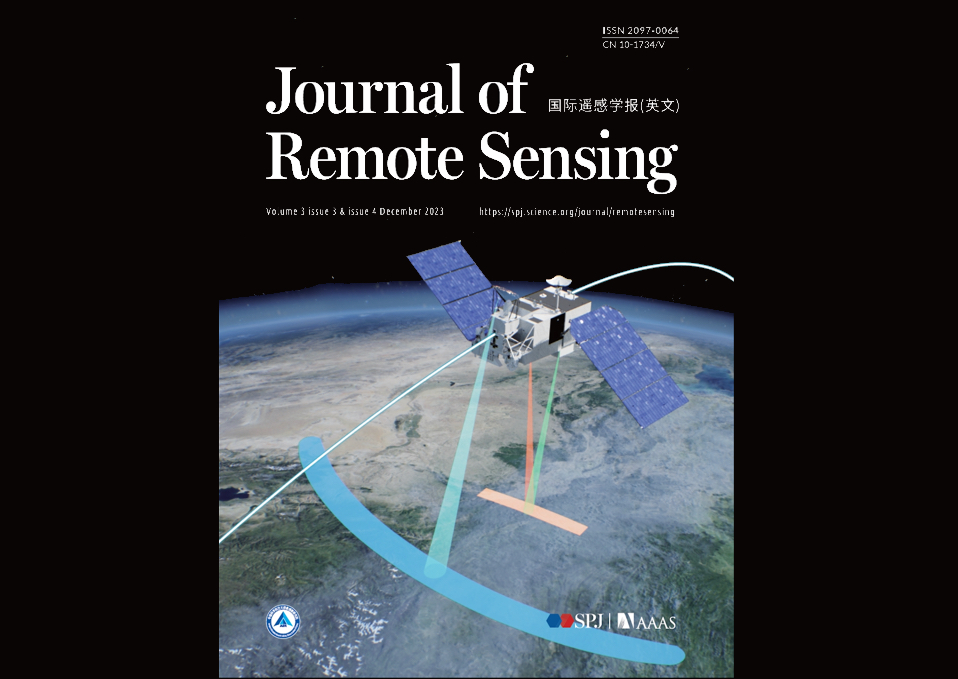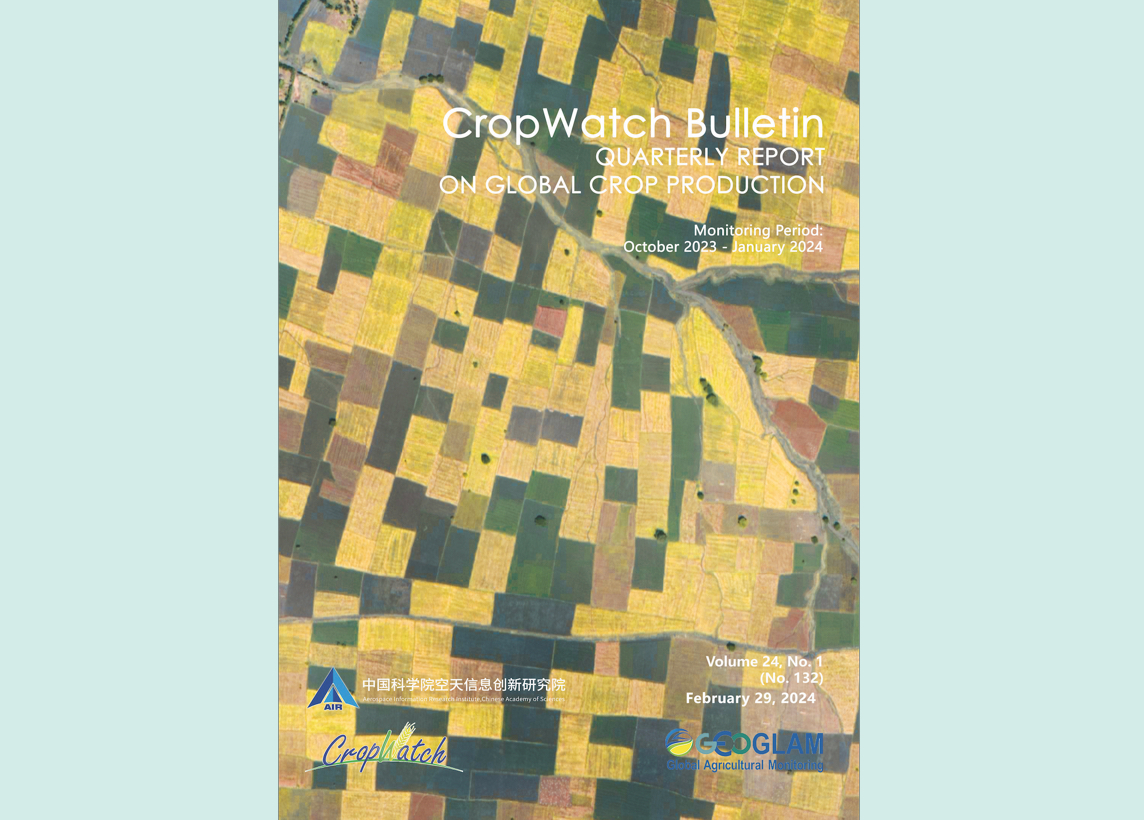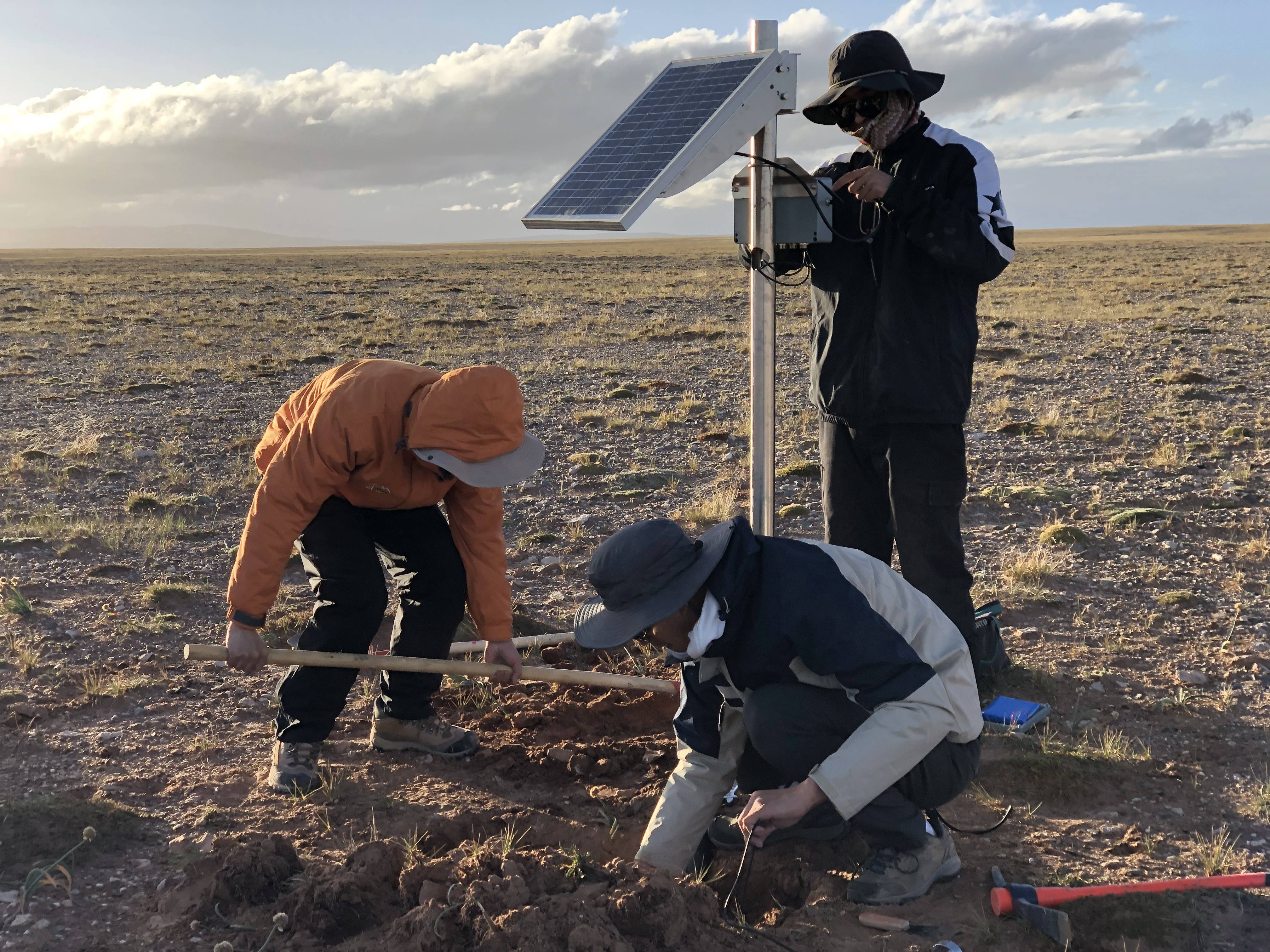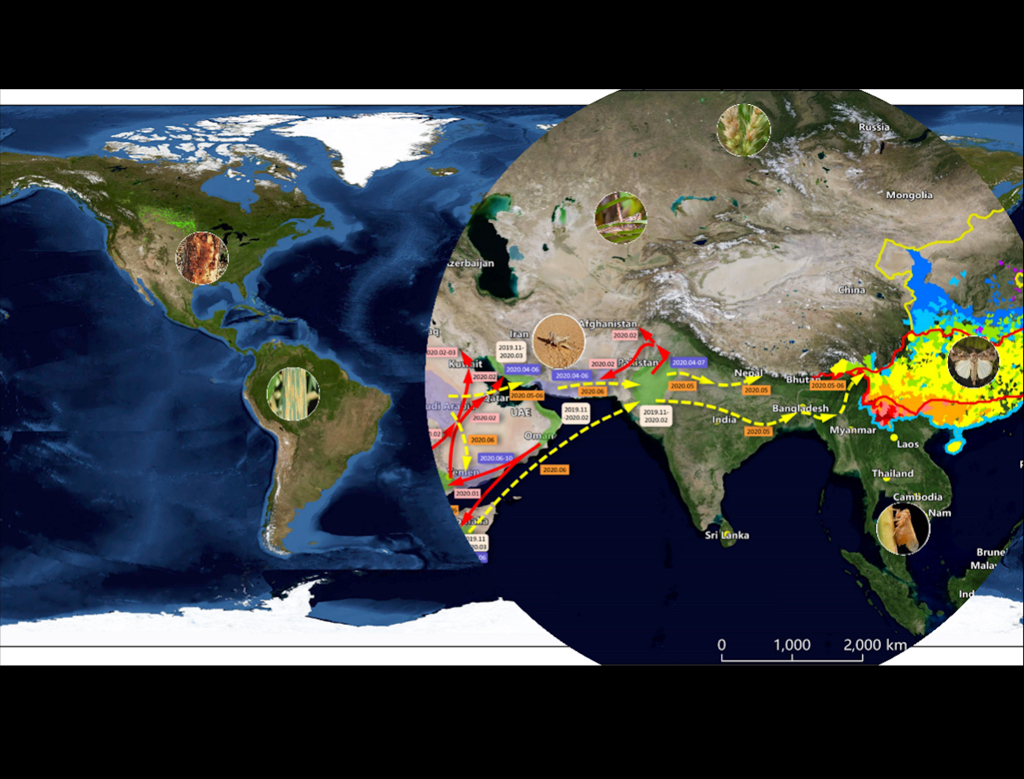-
 Journal of Remote Sensing Included in Engineering Index Compendex Database
Journal of Remote Sensing Included in Engineering Index Compendex DatabaseThe Journal of Remote Sensing, a publication hosted by the Aerospace Information Research Institute (AIR) of the Chinese Academy of Sciences (CAS) and co-published in partnership with the American Association for the Advancement of Science (AAAS), achieved a milestone on March 4, 2023. It was indexed in the well-respected international database Engineering Index Compendex (Ei Compendex). This marks another achievement for the journal, which has been indexed in the EI, Web of Science (WOS) Emerging Sources Citation Index (ESCI), Scopus, Directory of Open Access Journals (DOAJ), CAB Abstracts, SAO/NASA Astrophysics Data System, Inspec, CNKI (China National Knowledge Infrastructure), and eight other databases.
March 13, 2024 -
 Global Agricultural Outlook 2024: Mixed Prospects Amid Climate Extremes
Global Agricultural Outlook 2024: Mixed Prospects Amid Climate ExtremesIn light of the most recent remote sensing, meteorological, and ground observation data covering the period from October 2023 to January 2024, the latest CropWatch Bulletin reveals a nuanced landscape of crop production amidst climate extremes. According to the report, while the majority of major agricultural countries benefit from favorable agricultural conditions, record-high global temperatures have disrupted traditional temperature and precipitation patterns.
March 07, 2024 -
 Improved Method Enhances Soil Moisture Mapping in Permafrost Regions
Improved Method Enhances Soil Moisture Mapping in Permafrost RegionsScientists from the Aerospace Information Research Institute (AIR) with the Chinese Academy of Sciences (CAS) have developed an improved change detection method, based on the time series data from Sentinel-1 radar and Sentinel-2 optical sensors spanning the years 2019 to 2021, to estimate surface soil moisture. The approach sheds light on the intricate dynamics of the hydrological cycle and ecological environment in permafrost regions.
February 28, 2024 -
A New Leap in Vegetation Optical Depth and Soil Moisture Mapping from Space
Scientists from the Aerospace Information Research Institute (AIR) with the Chinese Academy of Sciences CAS) have developed a novel technique that leverages the Soil Moisture Active Passive mission data to extract crucial information about soil moisture (SM) and vegetation optical depth (VOD) with unprecedented accuracy.
February 26, 2024 -
 Advancements in Satellite-based Crop Disease and Pest Monitoring
Advancements in Satellite-based Crop Disease and Pest MonitoringThe collaborative project titled "Multi-source Satellite-coordinated Remote Sensing Monitoring of Crop Diseases and Pests", led by Prof. HUANG Wenjiang from the Aerospace Information Research Institute (AIR), Chinese Academy of Sciences (CAS),funded by CAS International Partnership Program, has yield fruitful results in the remote sensing monitoring of crop diseases and pests at regional and national scales. Partnering internationally, the project collaborates with the Institute of Methodologies for Environmental Analysis under the Italian National Council of Research.
February 20, 2024 -
 Study Reveals SDGSAT-1’s Superiority in Urban Wetland Monitoring
Study Reveals SDGSAT-1’s Superiority in Urban Wetland MonitoringIn a recent study published in the International Journal of Digital Earth on Jan. 30, researchers from the Aerospace Information Research Institute (AIR) with the Chinese Academy of Sciences (CAS) have leveraged the data from the Sustainable Development Goals Scientific Satellite 1 (SDGSAT-1) to sharpen the observation of urban wetland environments, particularly focusing on Beijing.
February 04, 2024


